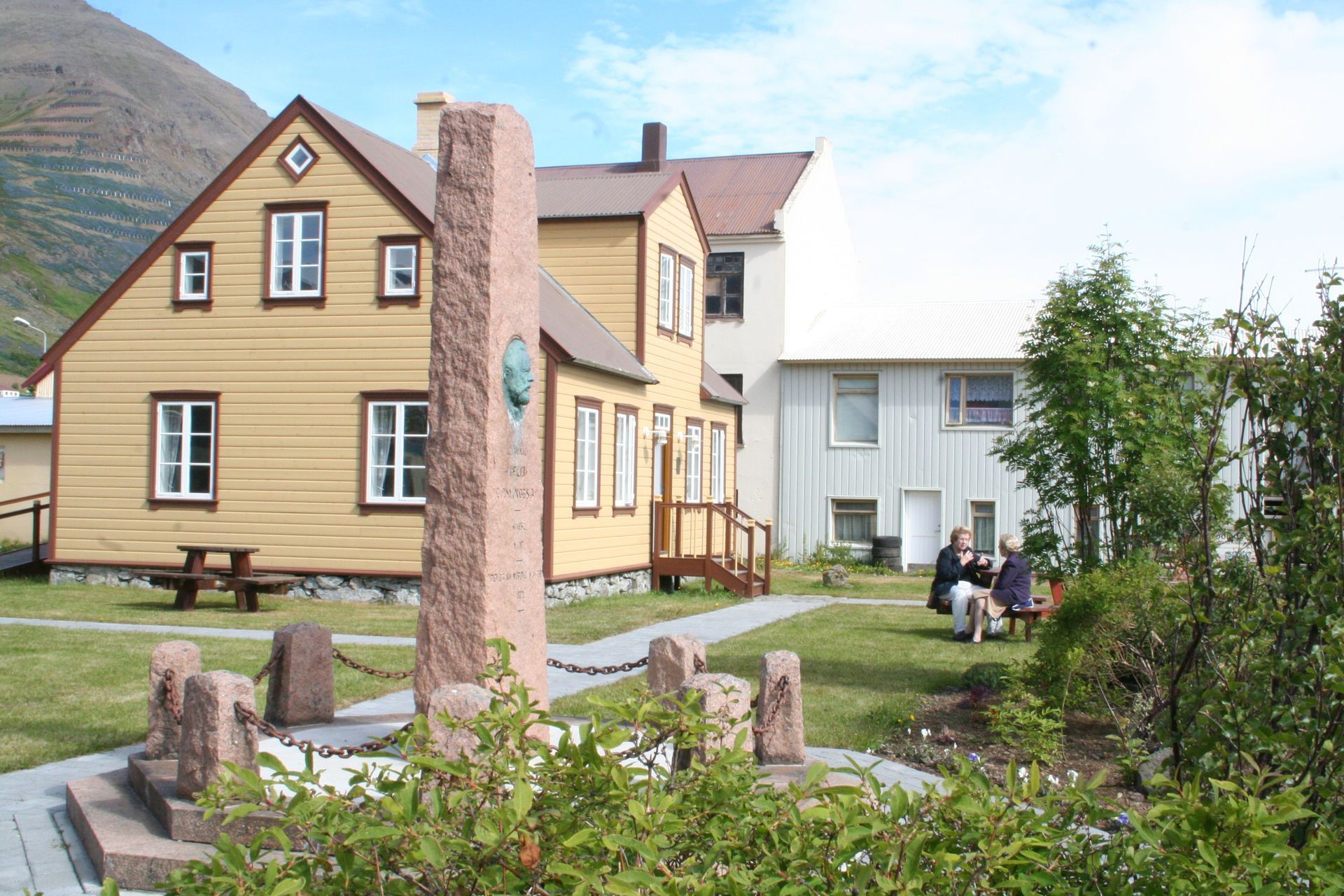The Folk Music Centre in Siglufjörður was founded in 1999 to fulfill the vision of Rev. Bjarni Thorsteinsson, who dedicated his life to collecting and preserving traditional Icelandic music. Opened in 2006, the Centre presents Icelandic folk music through videos of people singing, chanting, and playing traditional instruments from across the country. Visitors can try playing replicas of instruments like the Icelandic fiddle and langspil, or simply enjoy the music over coffee.
The Centre also features an exhibition about Rev. Thorsteinsson’s life (1861–1938) and his 25-year effort to compile Icelandic folk songs, which culminated in the publication of Icelandic Folk Songs (1906–09). Artifacts include manuscripts of his transcriptions, original compositions, and personal belongings. Located in Madame House, his former residence, the Centre safeguards this invaluable part of Icelandic culture.


